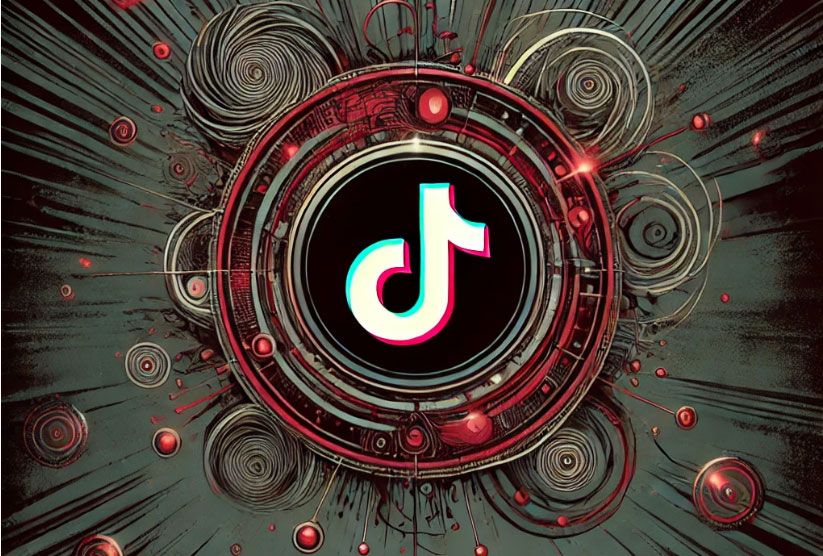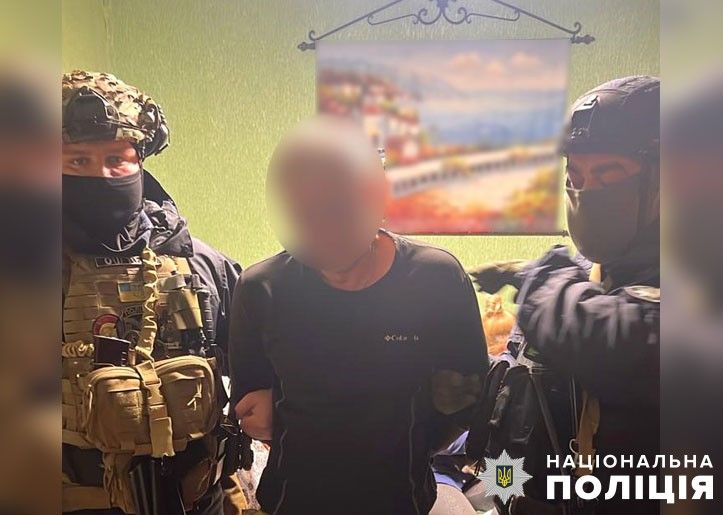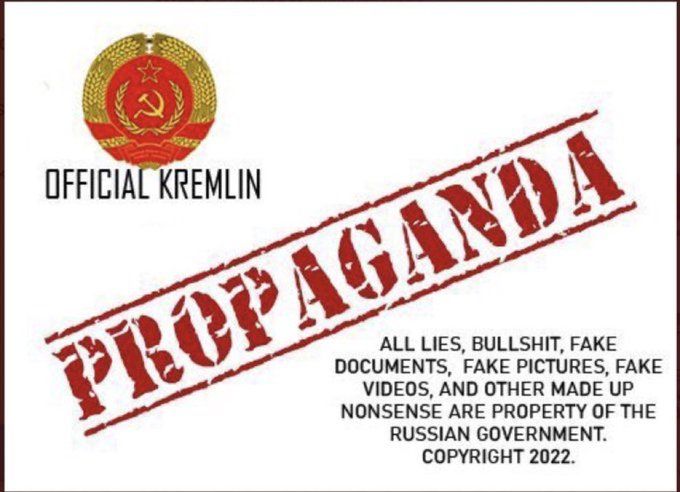A groundbreaking study from Boston University and Binghamton University analyzed 19 government-backed disinformation campaigns on Twitter. Their findings reveal a coordinated effort to manipulate opinions worldwide.
What the Study Found: The Anatomy of a Disinformation Campaign
The research uncovered the inner workings of state-sponsored disinformation campaigns and how they subtly infiltrate online discourse.
Here are the key findings:
Fake Accounts That Seem Real
One of the most startling discoveries of the study was how seamlessly disinformation accounts blend into everyday social media interactions.
Unlike obvious bots that churn out robotic messages, these accounts mimic real people.
They take on the personas of everyday individuals—moms, students, activists—posting motivational quotes, funny memes, and personal stories to build credibility.
For instance, the study found numerous accounts across multiple countries posting the same generic, feel-good quote:
“A person who really knows you is someone who sees the pain in your eyes, while others think you smile.”
This seemingly innocent statement was designed to resonate with social media users, making them more likely to follow and trust the account.
Once trust was established, the account could then begin spreading more politically charged content.
Echo Chambers: The Illusion of Popular Opinion
A major strategy of these campaigns is to create an illusion of consensus.
According to the study, up to 78% of tweets in these disinformation campaigns were retweets.
This means that instead of real discussions happening organically, bot networks and coordinated troll farms artificially inflate certain messages, making them appear more popular than they actually are.
Consider how social media platforms determine trending topics: if a post gets shared widely in a short period, it gains visibility.
By exploiting this algorithm, disinformation campaigns can make fringe ideas look mainstream, influencing what people believe simply because they see it everywhere.
For example, the study found that state-backed accounts aggressively retweeted messages like “Follow everyone who likes this post!” thousands of times to game the system, ensuring their content would surface on more users' feeds.
Fake Twitter Apps & Hidden Manipulation Tools
A particularly insidious tactic uncovered in the research was the use of fake Twitter apps to disguise and automate posting activity.
These applications allow disinformation campaigns to circumvent detection systems that typically flag mass-produced content.
One particularly alarming case was the fake app “Twitter for Android” (with an extra space in the name), which was used to send over 106,636 tweets from known troll accounts.
This manipulation allowed state-backed operations to execute highly coordinated messaging efforts while avoiding detection.
Playing Both Sides of Controversies
Another disturbing finding was how these campaigns fuel division by playing both sides of contentious issues.
Instead of backing a single ideology, state-sponsored accounts will often pose as supporters of opposing viewpoints to intensify conflict.
For instance, Iranian-backed troll accounts were found posting both pro- and anti-Shia messages—not to support a particular cause, but to provoke division and hostility within the community.
One tweet declared:
“Whoever does not declare the Shiites to be infidels is an infidel!”
Meanwhile, another tweet from a separate Iranian-backed account stated:
“O Shiites! You belong to us, so be our adornment and not our disgrace.”
By stoking both sides of a debate, these campaigns effectively turn social media into a battleground of conflicting narratives, causing users to distrust each other and reinforcing ideological divides.
The “Flood & Distract” Strategy
When critical real-world events unfold, state-backed troll networks often employ a strategy of flooding social media with irrelevant content to drown out legitimate discussions.
The study found that during major political scandals, networks of disinformation accounts would suddenly start posting an overwhelming number of motivational quotes and trending memes, effectively burying important conversations under a sea of unrelated noise.
This tactic ensures that real issues are either ignored or significantly diluted by a flood of meaningless distractions.
Conclusion: The Fight for Truth Starts With You
The findings of this study underscore the urgent need for media literacy and critical thinking in the digital age.
The way we consume information has changed, and so have the methods used to manipulate public perception.
Disinformation campaigns are no longer just about spreading lies—they are about controlling narratives, shaping social divisions, and undermining trust in democratic institutions.
A recent example of this occurred during the 2022 Russian invasion of Ukraine, when troll networks spread conflicting narratives about events on the ground.
Some accounts pushed messages portraying Ukraine as the aggressor, while others amplified claims that Russia was losing the war badly—both designed to confuse international audiences and sow division.
The best defense against these tactics is awareness.
Understanding that what appears on your social media feed is not always organic is the first step in protecting yourself.
Take time to verify information before sharing, engage with diverse sources, and educate your family about the hidden dangers of online influence campaigns.
What You Can Do Today:
✅ Pause before sharing: Ask yourself where the information came from and whether it might be manipulated.
✅ Follow reputable sources: Stick to fact-checked journalism rather than viral content.
✅ Talk to friends and family: Help others recognize the risks of disinformation.
By questioning what we see, thinking critically about trends, and resisting the urge to engage with outrage-driven content, we can take a stand against disinformation.
The fight for truth doesn’t require advanced technical skills—just a commitment to being informed, discerning, and mindful of the digital spaces we inhabit.
Sources & Further Reading
🔗 Original Study: "Unraveling the Web of Disinformation: Exploring the Larger Context of State-Sponsored Influence Campaigns on Twitter" – https://arxiv.org/abs/2407.18098
📚 Additional Research on Disinformation:
- The Disinformation Age – https://press.princeton.edu/books/hardcover/9780691204758/the-disinformation-age
- How Twitter Bots Manipulate Public Opinion – https://misinforeview.hks.harvard.edu/
- State-Sponsored Troll Farms: A Growing Threat – https://www.atlanticcouncil.org
Did you learned something new today? Do you enjoy my work?
Keep it going for just $2! 🎉
Grab a membership, buy me a coffee, or support via PayPal or GoFundMe. Every bit helps! 🙌🔥
BMAC:https://buymeacoffee.com/nafoforum/membership
PP: https://www.paypal.com/donate/?hosted_button_id=STDDZAF88ZRNL
GoFundMe: https://www.gofundme.com/f/support-disinformation-education-public-education-forum
Study overview
Summary of the Study: "Unraveling the Web of Disinformation: Exploring the Larger Context of State-Sponsored Influence Campaigns on Twitter"
1. Introduction & Research Focus
The study investigates state-sponsored disinformation campaigns on Twitter, analyzing 19 campaigns across multiple countries. The primary objectives were:
- To identify common patterns across various disinformation campaigns.
- To develop a machine learning-based classifier capable of detecting previously unseen troll accounts.
- To examine how these campaigns operate, including coordination strategies, automation techniques, and linguistic patterns.
This research is one of the most comprehensive analyses of multi-state, multi-campaign influence operations, utilizing a combination of big data analysis, network analysis, and machine learning.
2. Dataset and Data Collection
The study leverages two primary datasets:
A. Twitter’s Transparency Dataset
- Twitter released this dataset, which includes historically suspended accounts associated with state-sponsored disinformation.
- It comprises:
- Nearly 80,000 accounts linked to 19 disinformation campaigns.
- Over 200 million tweets generated by these accounts.
- 9 terabytes of media content (images, videos, and documents).
- The campaigns cover state-backed efforts from Russia, China, Iran, Saudi Arabia, UAE, Venezuela, Bangladesh, Ecuador, and Catalonia.
B. Twitter’s 1% Random Sample API
- To compare disinformation accounts with real users, researchers collected tweets from Twitter’s 1% Streaming API, which captures a random 1% of all tweets daily.
- This secondary dataset allowed the study to distinguish normal behavior from coordinated troll activity.
3. Analytical Approach
The researchers used multiple techniques to analyze the data:
A. Feature Engineering & Machine Learning
To develop a campaign-agnostic classifier, they extracted 45 behavioral features in four key areas:
- User Metadata – Account age, number of tweets, followers, and following counts.
- Temporal Characteristics – Posting frequency, hourly activity patterns.
- Stylometric Features – Linguistic traits, sentence structure, punctuation use.
- Source-Based Features – Use of fake Twitter apps, automation tools.
The machine learning classifier was trained to distinguish troll accounts from real users with up to 97.8% accuracy using a Random Forest model.
B. Cross-Campaign Generalization Tests
- The model was trained on one campaign at a time and tested on previously unseen campaigns.
- Results showed that when trained on Russian IRA accounts, it could accurately detect Iranian or Chinese troll accounts with 94% accuracy—demonstrating shared patterns across state-backed campaigns.
C. Network Analysis & Coordination Detection
- Researchers identified clusters of accounts that exhibited similar posting behavior, often retweeting the same messages simultaneously.
- Echo chambers were detected where a small number of troll accounts amplified each other's content, creating the illusion of widespread support.
- Temporal synchronization (multiple accounts tweeting the same phrase at the same second) indicated centralized coordination.
4. Key Findings & Tactics Used in Disinformation Campaigns
The study identified several universal tactics across all 19 campaigns:
A. Use of Third-Party Scheduling & Fake Twitter Apps
- 30% of campaign tweets originated from automation services like Hootsuite and TweetDeck.
- Many accounts used spoofed Twitter applications (e.g., “Twitter for Android” with a fake app ID) to evade detection.
B. Retweet Amplification & Echo Chambers
- Up to 78% of tweets were retweets, not original posts—indicating a reliance on mass amplification rather than organic conversation.
- Some retweet clusters contained the same messages across multiple state-backed campaigns, pointing to inter-campaign coordination.
C. Linguistic Manipulation & Style Mimicry
- Troll accounts posted generic life advice and inspirational quotes to appear human before pushing propaganda.
- These accounts often used longer sentences, higher punctuation rates, and specific vocabulary choices that differentiated them from real users.
D. Cross-Platform Coordination
- Evidence suggested disinformation campaigns were not limited to Twitter—many accounts were linked to Telegram channels, Facebook groups, and alternative news sites.
E. Playing Both Sides of Controversial Issues
- Some campaigns pushed conflicting narratives on hot-button topics (elections, vaccines, religious conflicts) to increase division and create confusion.
F. The “Flood and Distract” Strategy
- During major global events, state-backed accounts flooded social media with irrelevant content (memes, motivational quotes, celebrity gossip) to push real news out of users' feeds.
5. Implications & Real-World Impact
The study highlights several critical concerns:
- Erosion of Public Trust – Disinformation campaigns weaken trust in news, democratic institutions, and scientific expertise.
- Polarization & Social Fragmentation – By playing both sides of debates, these campaigns intensify ideological divisions.
- Manipulation of Public Perception – Coordinated retweet amplification gives false legitimacy to state narratives.
- Need for Better Detection Systems – Existing social media policies fail to prevent campaign-agnostic influence operations.
6. Conclusion & Future Research Directions
The research successfully demonstrated that:
✅ Troll accounts across different countries share behavioral patterns that can be detected with machine learning.
✅ Campaign-agnostic detection is possible, making it harder for state-backed disinformation to go unnoticed.
✅ Social media platforms need better cross-platform monitoring to prevent these tactics from evolving.
The researchers propose expanding future work to:
- Analyze disinformation beyond Twitter, including Telegram, WhatsApp, and TikTok.
- Investigate the financial and operational structures behind troll farms.
- Develop stronger real-time disinformation tracking tools for platforms.
Final Thoughts
This study provides one of the most in-depth, data-driven analyses of state-sponsored disinformation operations. It proves that disinformation campaigns share universal tactics, making detection possible through advanced machine learning.
As state actors refine their strategies, real-time monitoring, public awareness, and stronger social media policies will be essential in mitigating their impact.
















